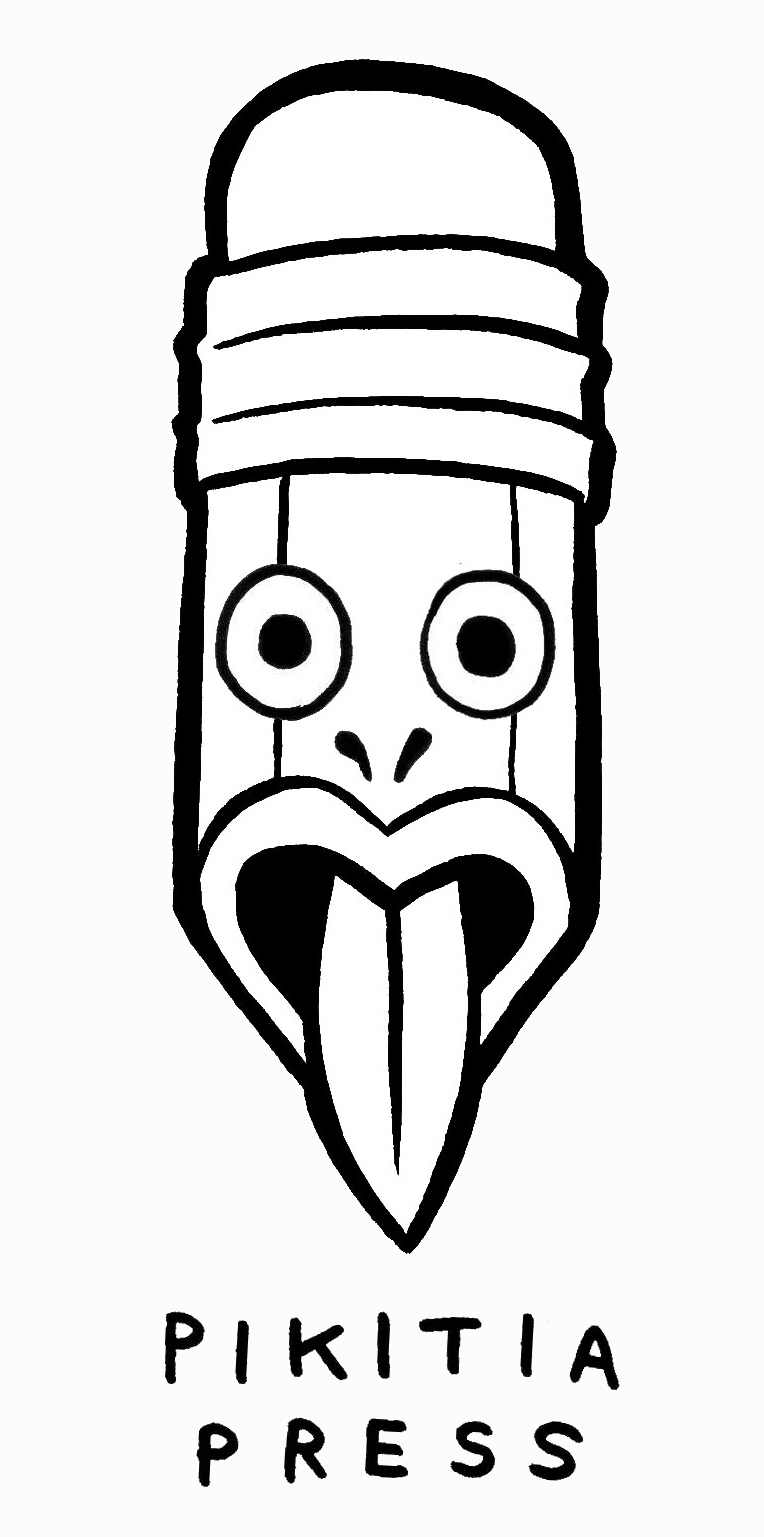A selection of comics currently available from The Sticky Institute, 10 Campbell Arcade, Degraves Subway, Melbourne.
The Home Magazine - Gallery
The Home An Australian Quarterly
An article in The Brisbane Telegraph, 27th March 1922, wrote of the launch of The Home magazine:
The directors of this new magazine announce that it is a definite attempt to serve, in one good Australian publication, a useful purpose which is achieved elsewhere by many good foreign publications— and that purpose may be stated as keeping readers well informed in matters of domestic taste. The architecture of homes, large and small, has its due place, and then come practical illustrations of Interior decorations. The cult of dress is not to be omitted (how could it be when you are dealing with the real home ?) and something good in the way of fashions from Paris, Lon don, and New York is provided. "All the arts which subserve the art of living will come within our scope." So say the directors. If there is an art of living, there must be many arts subserving it; and, beyond doubt, if the first number of "The Home" is a criterion, those subservient arts are not, merely useful, but productive of great beauty. Probably the very title of this new publication explains better what the directors aim at than thousands of words. All that need be said Is that "The Home" bids fair to live up to the hopes of its directors; "it will adopt a standard of its own, living solely for Australian needs." After all, we might just as well know of what Australia is capable in the way of building and beautifying homes.
The Australian Home Beautiful Gallery
Selection of early covers of The Australian Home Beautiful magazine including covers by artist, designer and writer Frank Hedley Sanders.
Magic Town - Phil Belbin Film Adaption
During 1948 and 1949 Phil Belbin produced comic adaptions of RKO Radio pictures for K G Murray magazine Cavalcade. Adaptions included Return of the Badman, Fort Apache, Magic Town, Night Song, Rachel and the Stranger, The Bishop's Wife,The Velvet Touch, If You Knew Suzie, The Miracle of the Bells and Out of the Past.
Belbin's adaption of Out of the Past.
ACHROMATOPSIA - Chris Gooch Interview
Prolific Melbourne cartoonist Chris Gooch has edited an anthology ACHROMATOPSIA that launches this week at The Good Copy in Collingwood, Melbourne. Featuring Editor Gooch and his fellow RMIT students, the ACHROMATOPSIA launch will also showcase an exhibition of riso prints. I asked Chris a few questions about editing his first anthology.
Matt Emery: What inspired editing an anthology? Has it been harder or easier than you imagined?
Chris Gooch: I just wanted to try doing one really, and having met a bunch of people through art school that were into comics and had a really well developed practice/style meant I had people to ask...
As for expectations vs reality, yeah, definitely harder than I thought I was gonna be. Admin is just really annoying, all this paper work and organising you have to do that eats into the time you'd otherwise spend drawing. The closer I get to the actual event the more stressed I'm getting.
Joseph Lynch
Emery: I recall you mentioning some comics makers in ACHROMATOPSIA havn't come from a comics background, can you talk a bit about some of the artists involved?
Gooch: Well, we've all come through art school and maintained an interest in comics and drawing in general, which is something a lot of people end up ditching/losing, depending how you want to look at it.
Um, as I see them: Joe has a really wonderful traditional draftsman quality to his work, Tilly makes very gentle, intricate drawings (I remember her saying ages that if they had a deeper meaning, it would have 'a gentle one' which I thought was cool), Christian's work is super high contrast and detailed, really, really eye catching, Julia's work is really beautiful and delicate, linework wise, and Will's comics and drawing is crazy detailed a bit disturbing at times.
Emery: I Also recall you mentioning drawing tools being a thematic part of ACHROMATOPSIA, Can you talk a bit about that? Are there other themes that tie the anthology together?
Gooch: In general I think anthologies which have a narrative theme (the ocean, time, disappointment, etc.) run the risk of ending up with 6 stories which are all very similar. So instead, we opted to have a visual theme, with all of the artists using the same kinds of pens and all the work having to be straight black and white. For the stories we would meet and discuss what we were thinking of and try and bounce off one another - I remember changing mine pretty drastically because of some feedback I got.
Julia Trybala
Emery: ACHROMATOPSIA combines comics and illustration work, was it always intended as a combination of narratives and illustration?
Gooch: The illustration part of the show - 9 riso prints done by different artists - was a later addition to the project, mainly because comics take a bunch of time to get started on. Our hope was basically to expand the project and make it into a hybrid comics, illustration thing, as there's often a lot of crossover in audiences that isn't often reflected in artist's projects.
Christian Vine

















































